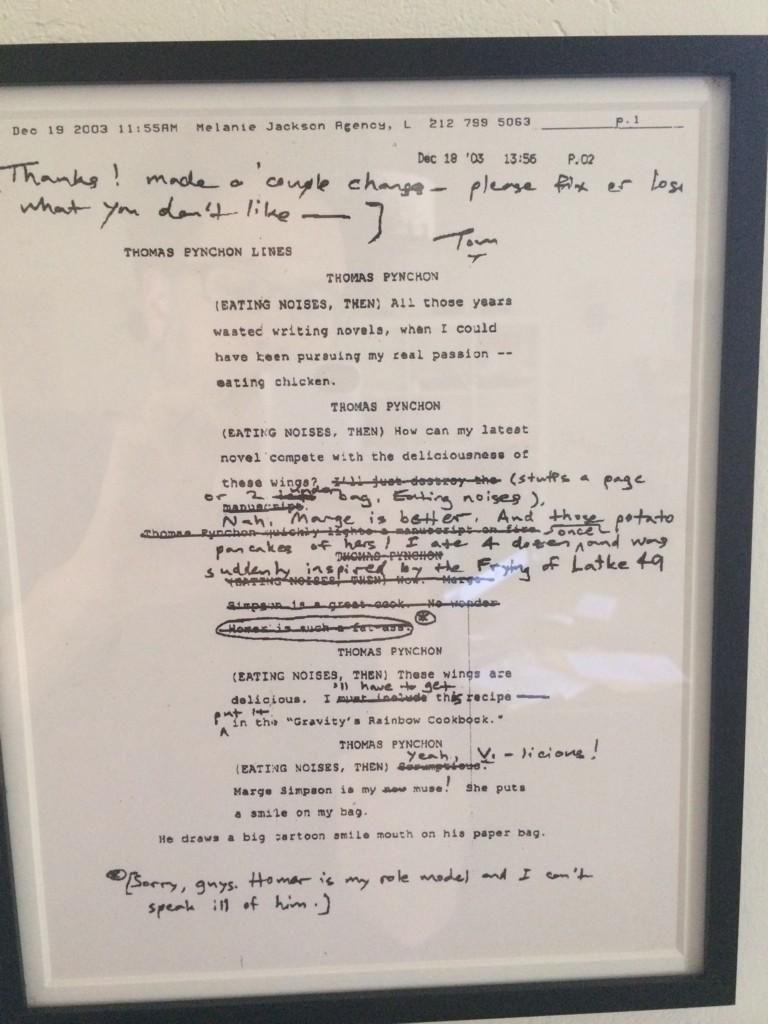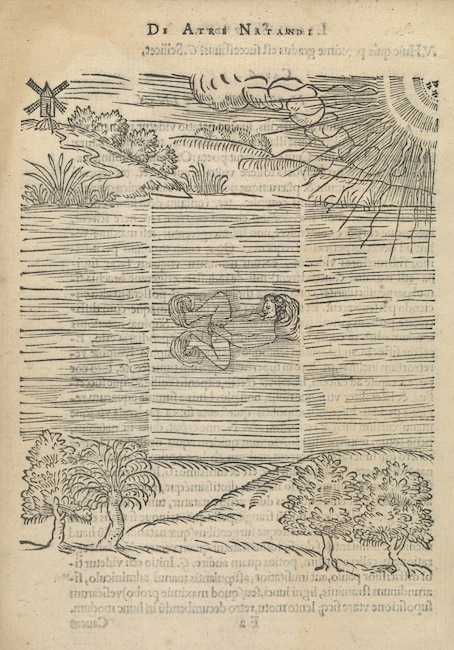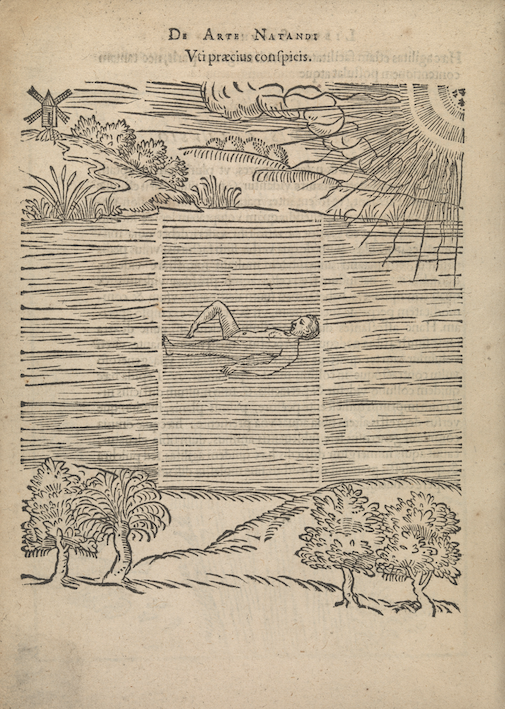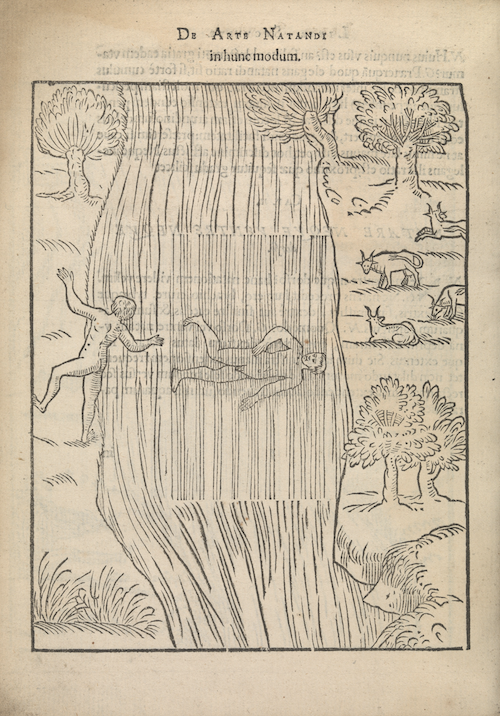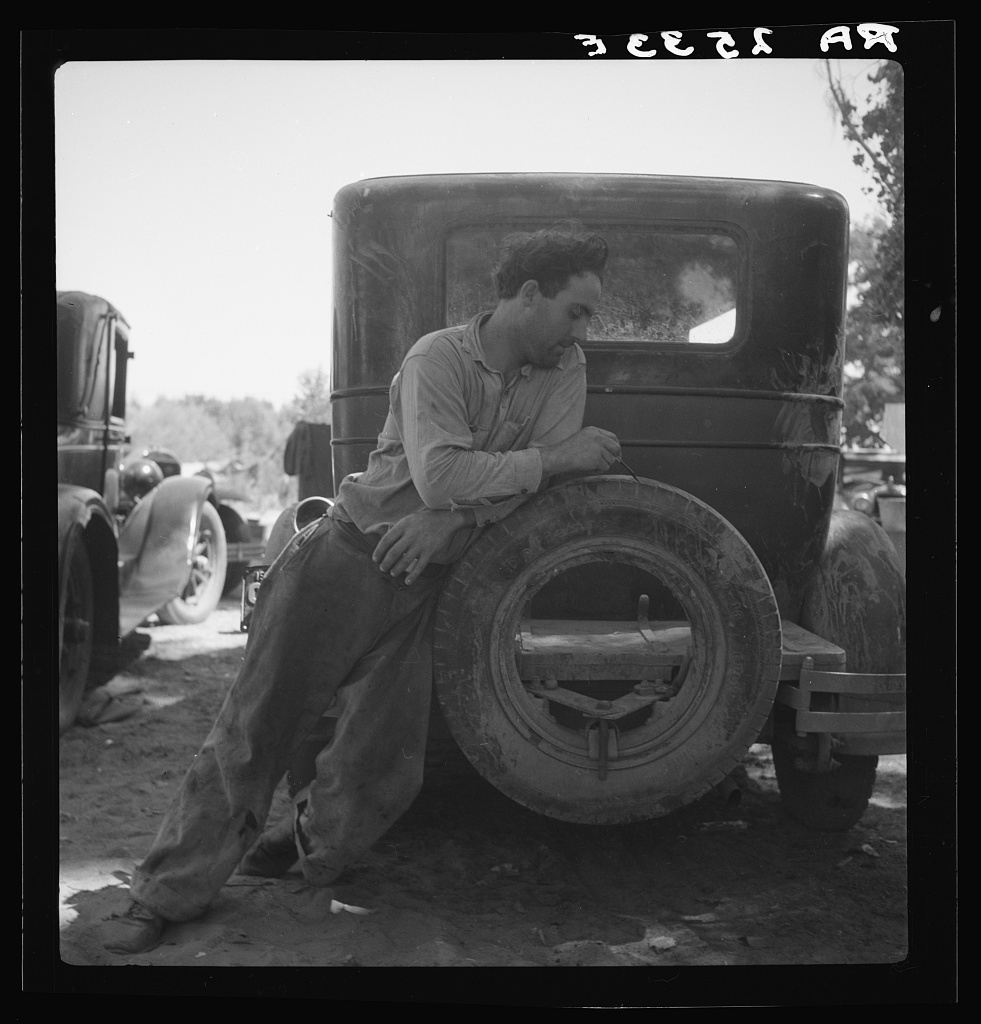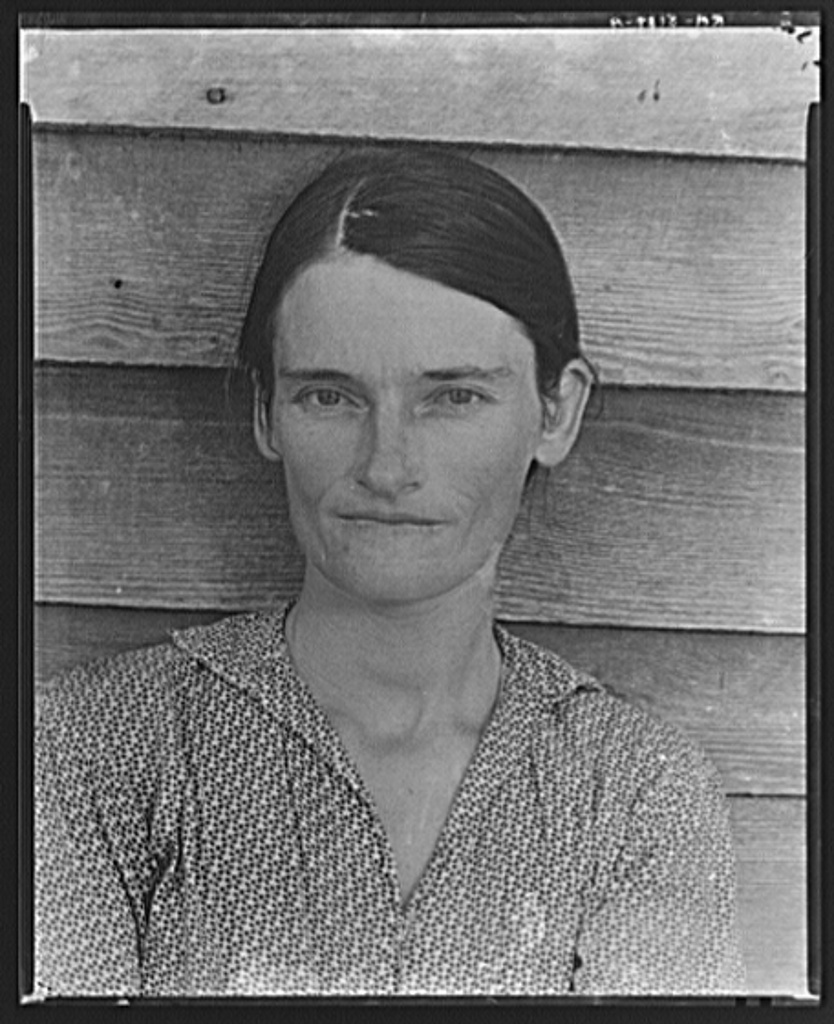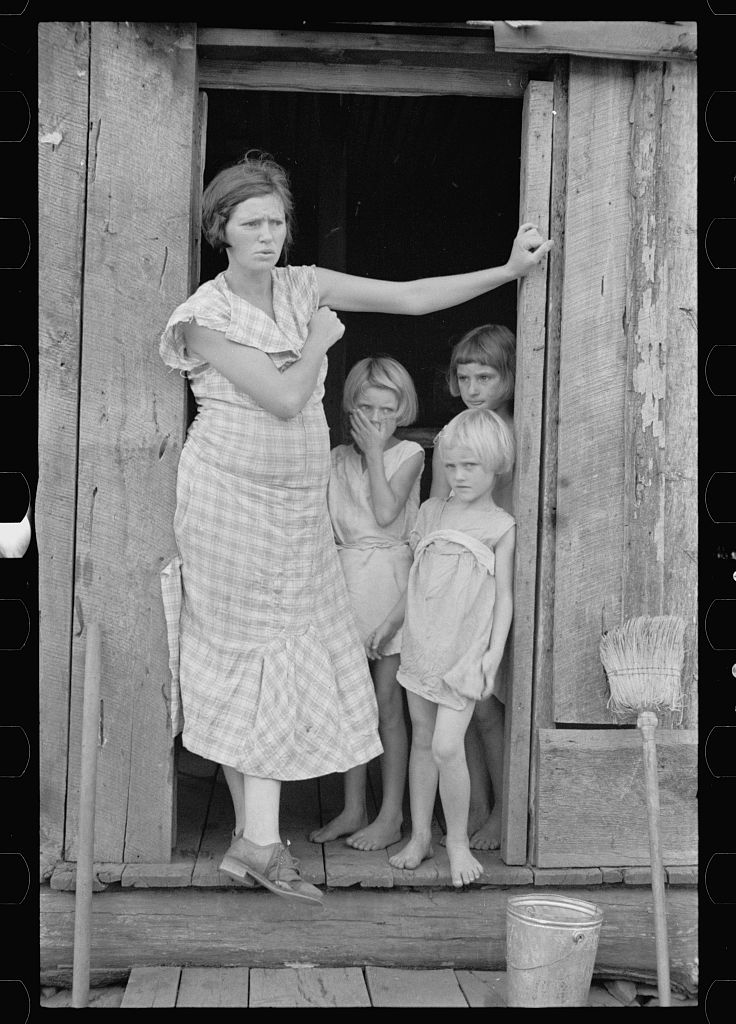A mild-looking barber slices into his morning loaf of bread to find a human nose embedded within. You might imagine this image opening the next David Lynch movie, but it actually sets up a more lighthearted, much older, and much more Russian story: Nikolai Gogol’s “The Nose.” (Find it in our Free eBooks and Free Audio Books collections.) The story soon introduces us to the man to whom the nose belongs, a government official who wakes to find nothing but a smooth patch of flesh in the middle of his face. The quest to reclaim his nose takes him to the architecturally imposing, column-intensive hall in which he works, where he finds that the organ through which he once breathed has not only grown a body of its own, but already risen above him in the ranks of the civil service. To find out how this increasingly bizarre, dreamlike scenario resolves itself, you can either read Gogol’s story in the English translation free in Project Gutenberg’s copy of the Gogol Collection The Mantle and Other Stories, or you can watch Alexander Alexeieff and Claire Parker’s 1963 short above, which adapts “The Nose” by means of something called pinscreen animation.
Ian Lumsden at Animation Blog describes Alexeieff and Parker’s particular method as a form of “shadow animation in effect whereby Alexander works on the positive side of a large black canvas full of pins and Claire on the negative side; the more the flat headed pins are pushed in the lighter is the effect, creating the look of mezzotint with its textured shades of grey.” Lumsden adds that he “can scarcely conceive of a more labour intensive form of animation particularly given that pins numbered in their hundreds of thousands are used.” Just try to pay close attention to some of the effects The Nose achieves and try not to wince at how demanding and painstaking an effort the animators, pushing these tiny pins in and out to adjust the visual textures just so, must have put forth to achieve them. Russian literary historian D.S. Mirsky calls the original story “a piece of sheer play, almost sheer nonsense,” where “more than anywhere else Gogol displays his extraordinary magic power of making great comic art out of nothing.” In these funny and dazzling but no doubt hard-won eleven minutes Alexeieff and Parker express that sheer play with the most intensive animating work possible.
You can find “The Nose” on our list of Animated Films, part of our larger collection called 4,000+ Free Movies Online: Great Classics, Indies, Noir, Westerns, Documentaries & More.
Related Content:
Revered Poet Alexander Pushkin Draws Sketches of Nikolai Gogol and Other Russian Artists
George Saunders’ Lectures on the Russian Greats Brought to Life in Student Sketches
Three Animated Shorts by the Groundbreaking Russian Animator Fyodor Khitruk
Watch a Hand-Painted Animation of Dostoevsky’s “The Dream of a Ridiculous Man”
Colin Marshall hosts and produces Notebook on Cities and Culture and writes essays on cities, language, Asia, and men’s style. He’s at work on a book about Los Angeles, A Los Angeles Primer. Follow him on Twitter at @colinmarshall or on Facebook.
